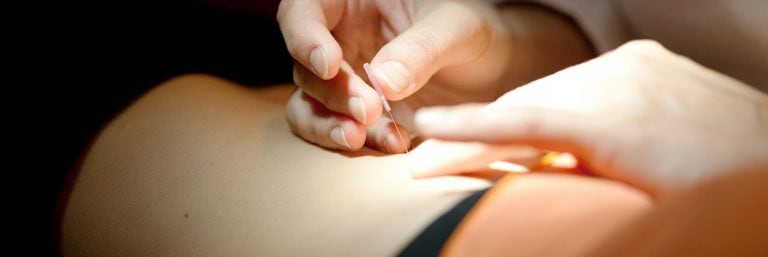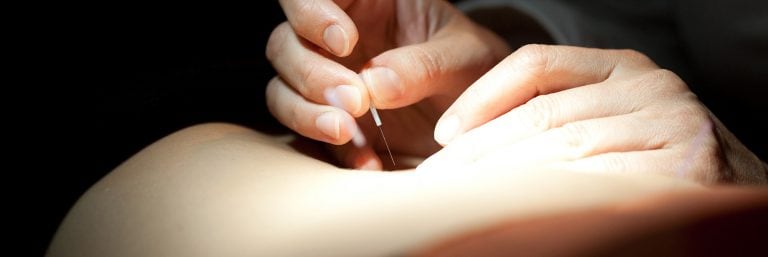Acupuncture
Acupunture is a traditional treatment method that is over 4000 years old and originated in China. This method of treatment is based on the premise that there is a life force (also known as life energy) flowing within the body, upon which all physiological processes depend.
Like rivers crossing the land, paths of energy called meridians flow through the body and provide it with vital energy. The treatment involves eliminating problems in the flow of energy (disease symptoms) by stimulating certain acupuncture points.
The acupuncture points lie along all of the meridians and they are stimulated by the almost pain-free insertion of tiny needles into the skin. Looking at the paths followed by the meridians across the body, it becomes apparent that points located far away from the target organ may have a role to play in treatment.
To date, the exact mechanism through which acupuncture exerts its effect is unclear. However, there is scientific evidence, including special conditions in the skin at acupuncture points. Blood testing performed at Heidelberg University has shown acupuncture to have acute and long-term effects in terms of hormone stimulation.
What can be treated with acupuncture?
Acupuncture has a regulatory effect in patients with pain syndromes, psycho-vegetative symptoms and hormonal problems. Its uses in gynaecology include the treatment of conditions such as premenstrual symptoms, symptoms of menopause, abnormal cycles and reduced fertility.
Acupunture can also have a favourable effect on sterility problems in men. One study proved that sperm concentration and motility exhibited an immediate improvement after acupuncture. After 10 acupuncture treatments performed over 14 days, this effect was evident for up to five weeks.
Pregnant women suffering from problems such as morning sickness, as well as those preparing for birth or experiencing nursing problems after delivery, may benefit from acupuncture.
How often are treatments performed?
Normally once – twice per week, possibly daily in the event of acute problems. For embryo transfer, possibly shortly before and after.
How long does a session take?
The needles are inserted and left in for approximately 20 minutes. The effect of subsequent relaxation and rest differs from patient to patient.
Number of sessions
Depending on how reactive a person’s body is, up to 10 sessions. For chronic diseases, often several series of treatment are required.
How many needles?
This will vary from person to person depending on the nature of the disease.
Side effects
An occasional initial worsening of the symptoms is regarded as a positive phenomenon since in these cases, improvement is considered more likely. Irritations of the cardiovascular system rarely occurs and can be resolved immediately

